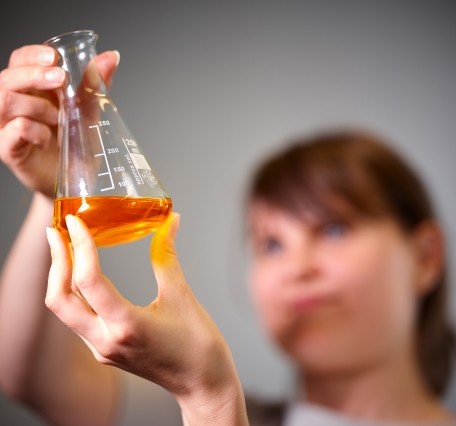What are you looking for?
NLO News Updates
See all newsOur experts
It is the combination of technical and legal expertise, combined with insight into the business environment in which you operate, that distinguishes the 70 patent and 20 trademark attorneys of NLO and NLO Shieldmark.
Go to more experts
Our services
For strategic choices involving your IP portfolio, you would like to receive advice from different perspectives. We provide comprehensive, tailor-made advice on patents, trademarks, designs and IP services.
Sectors
A patent application in the field of electrical engineering cannot be compared to an application for a patent for a DNA sequence, for example. Specialised knowledge of the relevant sectors is crucial in order to map out the right approach.


















